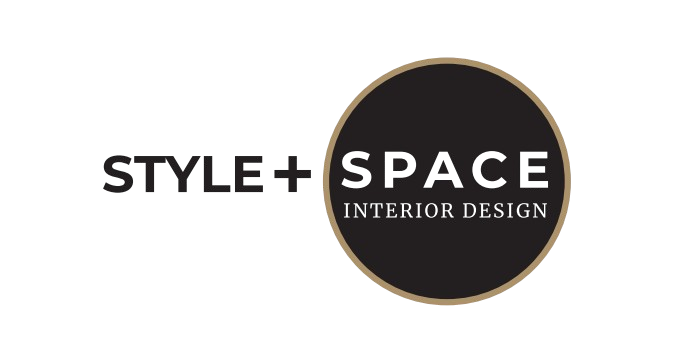Your cart is currently empty!
Although these modern and contemporary are often used interchangeably to suggest current, updated and trending designs, they refer to two entirely different architecture and interior designs. While they may share some similarities, they are vastly different in many ways.
This article guides you through what you need to know about the differences and similarities between modern and contemporary interior design.
What Is Modern Design?
The modern design concept contains various incarnations, which makes its definition more complicated. Generally, it pertains to the embodiment of the modern art movement in a home interior.
Modern design has its roots in German and Scandinavian design and architecture. The modern style concept is carefree and simple. Its furniture and decor selection emphasise neutral elements and earthy colours while eliminating irrelevant details. In modern design, the emphasis is on monochromatic colours and the setting of patternless fabrications in whitewashed spaces.
What Is Contemporary Design?
While a contemporary design may show some modern design elements, these two designs have their unique signatures. Contemporary, by definition, means present or existing. At its core, contemporary refers to now, which means that contemporary design style refers to the current design trend and, at the same time, is a tribute to the past.
The contemporary design dated back to the 1970s and is a unique style that borrows elements from various other design styles. Another essential aspect of contemporary design is its continuous development. Unlike other designs that are often dedicated to a specific look, era, and spirit, contemporary styles refer to styles that are becoming increasingly popular today. When looking at today’s contemporary design, you will notice a neutral colour palette, curved lines and striking minimalism.
What Are The Main Differences Between Modern And Contemporary Interior Design?
The following highlights the essential elements, look, and hallmarks that describe modern and contemporary design differences.
Modern design has wooden and eco-friendly elements:
To maintain a streamlined appearance and feel and to keep the space from having a clinical feel, the modern design utilises a lot of natural materials, which include stone, wood and man-made or genuine leather. Contemporary design styles have similar concepts that use natural materials but are often combined with steel, concrete and other industrial-inspired elements.
Modern accent pieces often have fixed functions:
Most of the accent pieces used in modern design style tend to serve a purpose, while decorations with a contemporary design style pay more attention to shape and aesthetic charm.
Contemporary design concept is more fluid:
Since the contemporary refers to the current or present moment, it is more fluid and continually evolving. These designs are more eclectic because they tend to draw inspiration from diverse eras. On the other hand, modern design styles follow strict minimalism format, balance, and clean lines.
Modern spaces do not often seem cold or stark:
Although modern design emphasises minimalism, most modern spaces do not require cold or stiff colours. Rather they are filled with a warm and natural palette. On the other hand, the contemporary design has a distinctive and eye-catching touch, such as monochrome black and white. They may also go from one extreme to the other on the colour wheel.
Contemporary furniture has a curvier design:
While modern designer furniture prefers straight and strong lines, contemporary furniture’s design concept is more organic in its outline. The furniture generally combines comfort and sophistication with a fresh feel and look. Metals like nickel, chrome and stainless steel are also popular in furniture with contemporary style concepts.
Design has earthy colours:
The colour palette is one of the most distinctive elements of modern and contemporary design. Contemporary design concepts tend to adhere to stricter black and white and grey palettes. While other colours are used, they are typically pure colours and saturated hues, such as indigo, orange and red. However, modern design colours tend to focus on natural hues and have shades of turquoise, green, brown and rush.
What Are The Similarities Between Modern And Contemporary Interior Design?
It is difficult to say which is more popular between modern design and contemporary design because today’s contemporary design style has integrated the key concept of modern design. Moreover, modern design and today’s contemporary design have various similarities since both designs tend to prefer simple, concise, and editorial appearance with clean, smooth lines.
Typical similarities between contemporary and modern design concepts include:
-
-
-
- Both styles have minimal, clean architectural design and zero flashes.
- Both design styles embrace the concept of open floor plans to create a feeling of spaciousness.
- Both styles do not like fancy designs tend to stay away from utilising ornate designs and heavy elements.
- Both designs’ furnishings emphasise exposed legs and slim bases.
-
-
Getting Help From A Professional Interior Design Firm In Singapore
Since there are no uniform rules for all art forms, the confusion between contemporary and modern design continues to this day. Regardless of the design style you choose, a professional interior designer can help incorporate modern or contemporary design styles into your home with precision.
